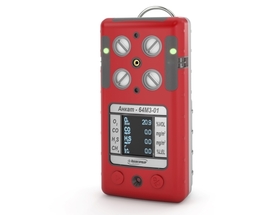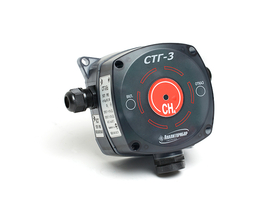- Home /
- Application /
Communication

Up-to-date branches of communication, telephone as well as Internet, use various cable ducts for signal transfer. Cables are laid out underground, and communications workers have to descend regularly to every possible underground structures, wells and collectors.
The atmosphere in the wells can differ greatly from the air we got used to and thus be dangerous for people. The following factors are present there:
- Emission and accumulation of methane that can lead to formation of explosive mixtures;
- Emission and accumulation of carbon oxide, e.g. CO2, as a result of decomposition of wiring, dead leaves, waste, can lead to asphyxia;
- Deoxygenation and substitution of oxygen for different gases. Fall in oxygen concentration lower than 19 vol. % causes hypoxia, irreversible change of internal parts of a body and subsequent death if medical care is not delivered;
- Emission and accumulation of hydrogen sulphide (poison gas) and noticeably rarely of ammonia as a result of dead animals decomposition. High concentration of hydrogen sulphide causes vertigo, headache, nausea, can lead to coma, convulsions, pulmonary edema and even lethal outcome.
To ensure safety of personnel every care and maintenance team must use portable gas-analysis devices. The most important collectors and structures must be fit with fixed equipment for continuous monitoring of gas atmosphere.
“Analitpribor” products used by communications enterprises:
- Portable device for control of pre-explosive concentrations of flammable gases, maximum permissible concentrations of toxic gases in working area and excess/lack of oxygen (up to 4 gases simultaneously, in different combinations) – АНКАТ-7664Микро
- Continuous monitoring of pre-explosive concentrations of flammable gases and maximum permissible concentrations of toxic gases in working area – gas alarms СТГ-3 with power supply units БПС-3



